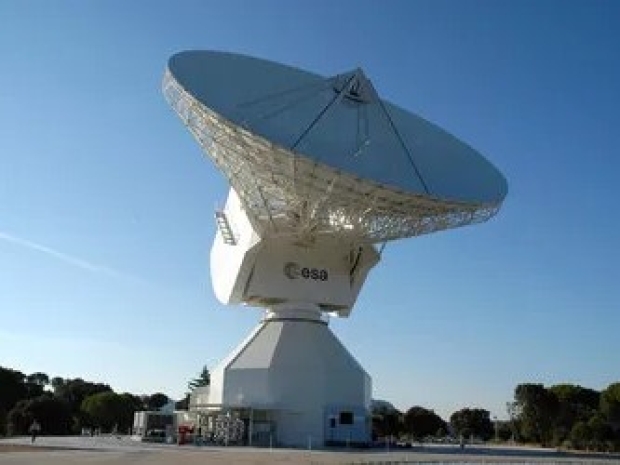The network is used to communicate with more than 40 space missions at present, and another 40 will be added in the next ten years.
"We have more missions coming than we currently are flying," Dodd said. "We’re nearly doubling the load on the DSN. Many of those are either lunar exploration or Artemis missions, and many of Artemis precursor missions with commercial vendors. So the load is increasing, and it’s very stressful.”
She said that the network is oversubscribed, yet it’s vital to anything the agency wants to do.
Vint Cerf, an Internet pioneer who is now an executive at Google, sits on the committee Dodd met with Tuesday. After hearing from Dodd and other NASA managers, Cerf said: "The deep space communications system is in deep—well, let me use a better word, deficit. There’s a four-letter word that occurs to me, too."
The Artemis missions will come with unique requirements on the DSN because humans are involved. Instead of bits of data, there will be gigabits of data. Boffins want 8K video coming back rather than 1080p.
Each of the three stations on the Deep Space Network has a 70-meter (230-foot) dish antenna, the largest antenna in the world for deep space communications. Each location also has at least three 112-foot (34-meter) antennas. The oldest large antennas in California entered service in 1966 then was enlarged to its 70-meter diameter in 1988.
NASA's inspector general last month found that demand on the DSN sometimes exceeds supply by as much as 40 percent. Limitations in capacity have "already impacted agency missions' ability to fully meet objectives and achieve full return on investment," the inspector general wrote in an audit of the DSN.
"As crewed Artemis missions come online and receive priority over uncrewed missions such as the JWST and Mars 2020 Perseverance Rover, missions will be challenged to schedule DSN time and may not receive the full amount of capacity they require for timely navigation and data transfer," the inspector general wrote..

